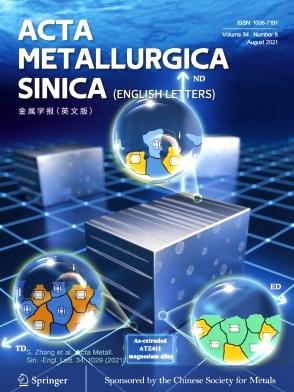Point Defects and Grain Boundaries Effects on Electrical Transports of PbTe Using the Non-equilibrium Green’s Function
Abstract
Defect engineering is a commonly methodology used to enhance the thermoelectric performance of thermoelectric PbTe by improving its electronic transport properties. At the nanoscale, defects can induce quantum tunneling effects that significantly impact the electrical properties of materials. To understand the specific mechanisms underlying the quantum transport properties of PbTe, we employ the non-equilibrium Green's function (NEGF) method to investigate the effects of intrinsic defects (point defects and grain boundaries) on the electronic transport properties of PbTe-based nanodevices from a quantum mechanical perspective. Our results show that the Pb vacancy (VPb) has the highest conduction. The conduction depends on the defect type, chemical potential and bias voltage. The presence of intrinsic point defects introduces impurity levels, facilitating the electron tunneling and leading to an increase in the transmission coefficient, thereby enhancing the electronic transport properties. For PbTe containing grain boundaries, these boundaries suppress the electronic transport properties. The Te occupied twin boundary (Te-TB) exerts a stronger inhibitory effect than the Pb occupied twin boundary (Pb-TB). Nevertheless, the combined effect between twin boundaries and point defects can enhance the electrical properties. Therefore, in order to obtain highly conductive of PbTe materials, a Te-rich synthesis environment should be used to promote the effective formation of Pb vacancy. Our work offers a comprehensive understanding of the impact of defects on electron scattering in thermoelectric materials.

 求助内容:
求助内容: 应助结果提醒方式:
应助结果提醒方式:


